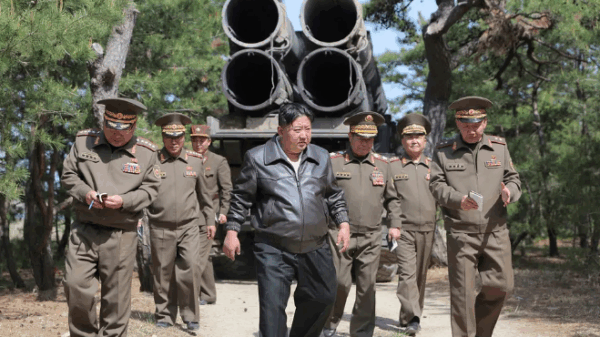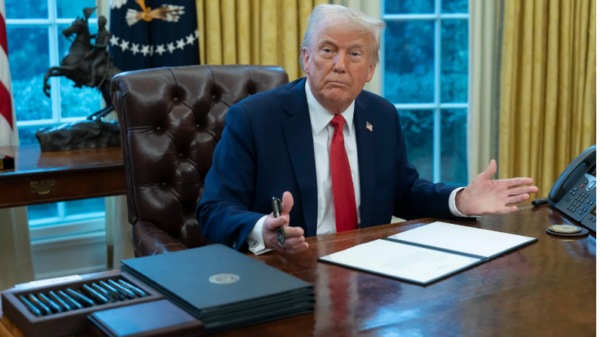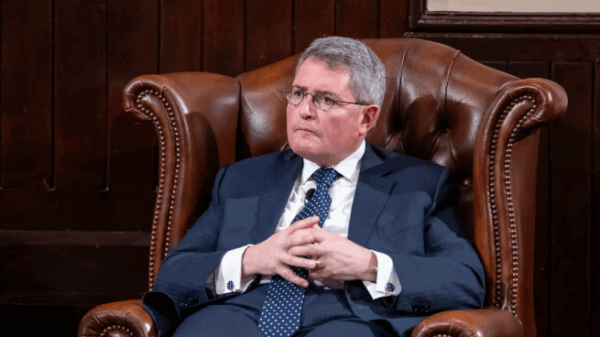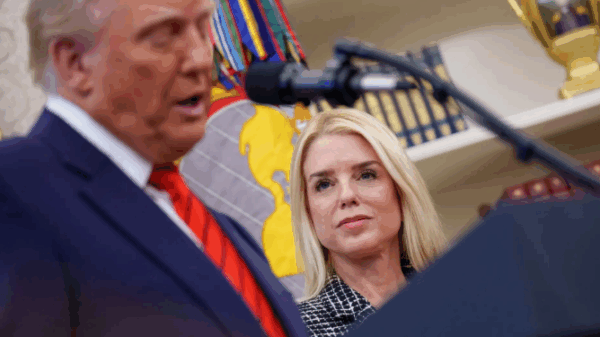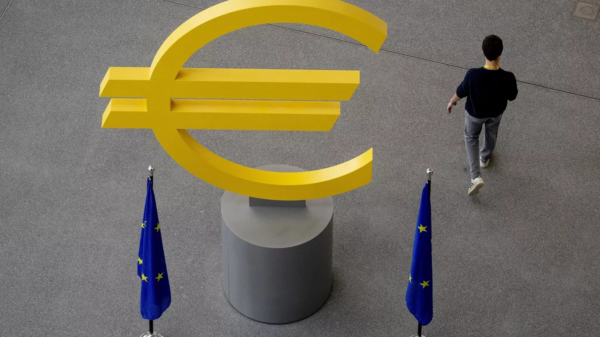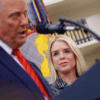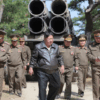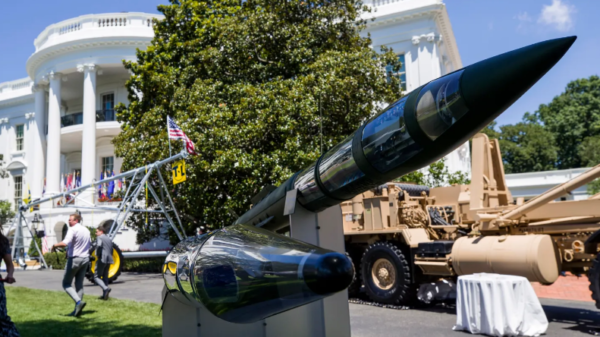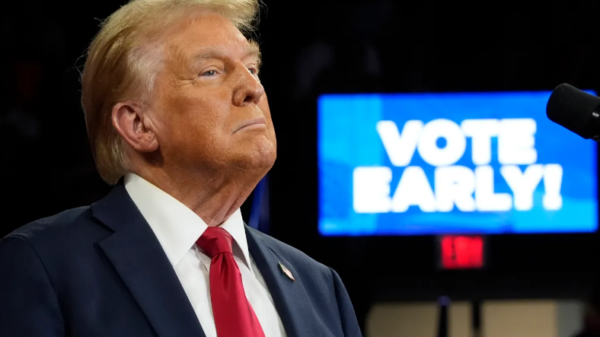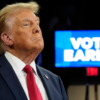The Japanese government has formally requested an exemption from the 25% tariffs on steel and aluminum imports imposed by U.S. President Donald Trump, officials announced on Wednesday.
The request was made through Japan’s embassy in Washington, following Trump’s decision to remove the duty-free quotas that Tokyo had previously enjoyed. The new measures increase aluminum tariffs from 10% to 25%, while maintaining a minimum 25% tariff on steel imports.
“Japan will firmly take necessary steps as we fully examine details of the new measures and their possible impact on the Japanese economy,” Chief Cabinet Secretary Yoshimasa Hayashi told reporters.
Hayashi suggested that Japan will actively lobby for an exemption before the tariffs take effect, hoping to preserve its competitive position in the U.S. market.
Japan’s Steel Industry Faces New Trade Barriers
The tariffs are part of Trump’s broader trade strategy, aimed at reducing reliance on foreign metals and boosting U.S. manufacturing.
Under former President Joe Biden, Japan was granted an annual duty-free quota of 1.25 million tons of steel. In 2024, Japan exported 1.18 million tons of steel to the U.S., according to the American Iron and Steel Institute.
The value of Japan’s steel exports to the U.S. was 302.7 billion yen ($2 billion) in 2024, making up 1.4% of Japan’s total exports to America. Aluminum exports were significantly smaller, according to government data.
Japan’s Next Steps
Tokyo is expected to intensify negotiations with Washington, emphasizing the importance of bilateral trade ties and the potential economic consequences of higher tariffs. Japanese officials may argue that such measures disrupt supply chains and harm American industries that rely on Japanese steel.
While Trump has taken a hardline stance on trade, Japan will likely seek a compromise or alternative arrangement to maintain its access to the U.S. market.
With the tariffs set to take effect soon, Japan faces a tight window to secure an exemption, as global trade tensions continue to shape economic policies under Trump’s leadership.

